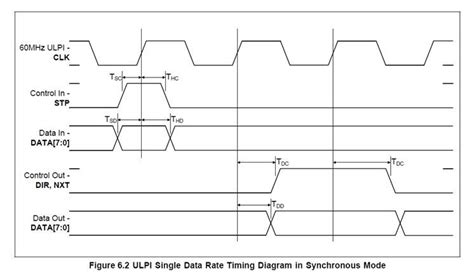
usb high speed ulpi routing
Introduction to USB-ULPI Routing USB (Universal Serial Bus) has become the standard interface for connecting peripherals to computers and mobile devices. With the increasing demand[…]

us department transportation seeking alternatives gps
The Need for GPS Alternatives GPS, which is owned and operated by the U.S. Air Force, has become an integral part of modern life, supporting[…]
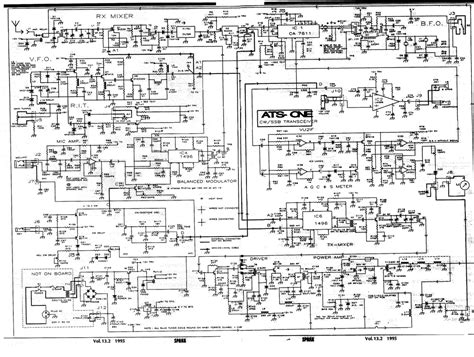
How to Draw a Simple Circuit Board
Introduction to Circuit-Drawing Drawing a circuit board can seem like a daunting task, especially for beginners. However, with the right tools and techniques, anyone can[…]

Xenon Flash Tube Circuit: How To Build the Circuit
Introduction to Xenon Flash Circuits A xenon flash circuit is an electronic device that produces a bright, intense burst of light using a xenon flash[…]

use interactive routing mitigate emi issues high speed pcb traces
Introduction to EMI in High-Speed PCB Design In today’s world of high-speed electronic devices, printed circuit boards (PCBs) play a crucial role in ensuring reliable[…]
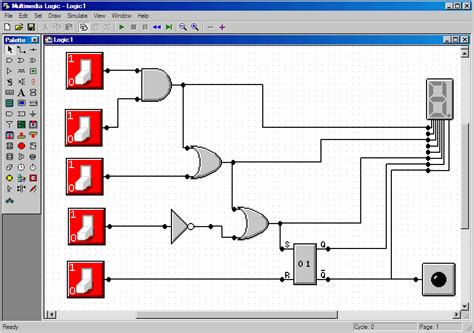
Use Best Circuit Design Software Spice And Schematic Capture
Key Features to Look for in Circuit Design Software Before diving into specific software options, it’s important to understand the key features and capabilities to[…]
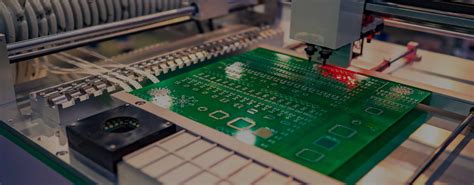
us government calls revitalizing american pcb manufacturing engineering news
The Decline of American PCB Manufacturing In the 1980s, the United States was a global leader in PCB manufacturing, with a thriving domestic industry. However,[…]

Where to get a fastest PCB Assembly prototype
Introduction to PCB assembly PCB (Printed Circuit Board) assembly is the process of soldering electronic components onto a printed circuit board to create a functional[…]

Top 7 Most Common Gerber File Mistakes and How to Avoid Them RAYPCB
1. Missing or Incorrect Aperture List One of the most common Gerber file mistakes is having a missing or incorrect aperture list. The aperture list[…]
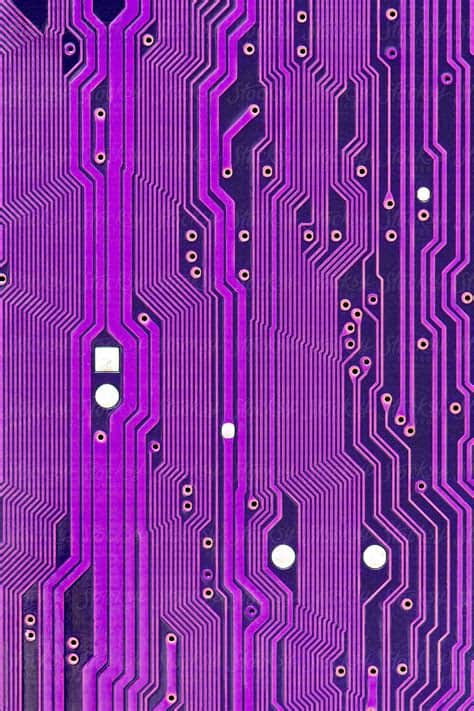
Purple color solder mask PCB
Introduction to Purple PCBs Purple PCBs, also known as printed circuit boards with a purple solder mask, have gained popularity in recent years due to[…]